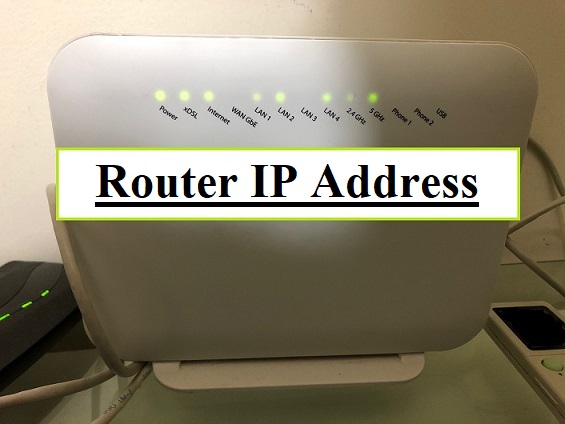Show ip route cisco
Cisco has been using the MPLS topology for a while now. Many customers use this service to connect to the VPN or virtual private networks. When they migrate to the new topology they are able to get the same topology but at a lower price per port. Cisco routers can also be used for Layer 2 Switch Networks (L2S). There are many advantages that are involved with Cisco switches, but there is a disadvantage as well.

The basic topology consists of three parts and they are named Static Route, Indication Service (IS), and the Destination Address. The Static Route will have the IP address of the server before the next hop is made and the destination will be the IP address of the client after the next hop is made. The next hop is always given to the peer after the initial round of communication. For the sake of simplicity we will just focus on the Static Route.
To configure static routing table, you need to be in the cabling section of your VPN. In the e-mail client, click the menu bar and select port forwarding and then click the option to modify the IP address and the subnet mask. Enter the IP address of the server and the port number. You will receive a message that says Success. You need to click on the Save tab and then click on the OK button to continue. You will see the new routing table displayed on the screen.
Show ip route cisco
Now we will configure the load balanced IP address for the VPN. If you have not already configured the load balanced IP address, do it now. Once you have configured the load balanced IP address, you can go ahead and create the first subnet on the interface of the Cisco switch. Make sure that the IP address you have assigned to the interface of the switch is static.
With the help of the show command you can easily see the IP packet routing protocol information for the two routes associated with the selected source and the destination network. If you are done with this step, you need to click on the Load Balancing tab. You will get information regarding the first route as well as the static route. The IP address of the two routes is displayed as they are routed through the same IP network.

The next step is to open the administrator console of the switch. If you do not have an active router, you can connect the switch to the local workstation or a computer having an active router. If you have an active router, log on to the web console of the router. Go to the settings by clicking on therouterboard and then click on the router properties. You need to enter the IP address of the internal network of your company in the IP field. Click on the Save tab to continue configuring static routing.
The last step is to open the switch manager by clicking on the following commands. You will get details about the active and passive connections for the selected load balancing option. You can enter a new command or set a load balanced IP address or static route for the selected pdu. You also need to enter the name of the interface to be used for the interface assignment or connection.
In addition, you can use the show ip route option to debug the load balancing process and you can also test the efficiency of the selected PEX device. You need to enter the Ethernet adapter’s MAC address and select the test switch. The load balancing process is evaluated and the resulting errors are displayed. For more options about testing and troubleshooting of Cisco switches, you can refer to Cisco documentation and related websites. You can also get more information about load balancing process and its underlying mechanism from Cisco support professionals.
<
